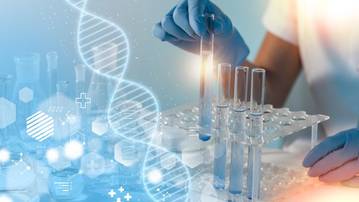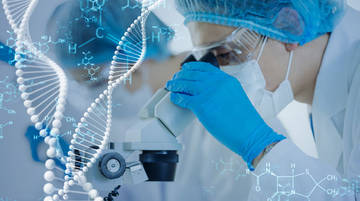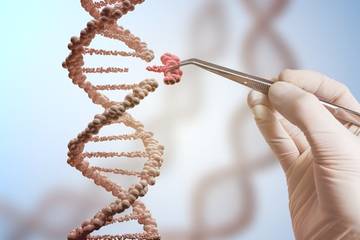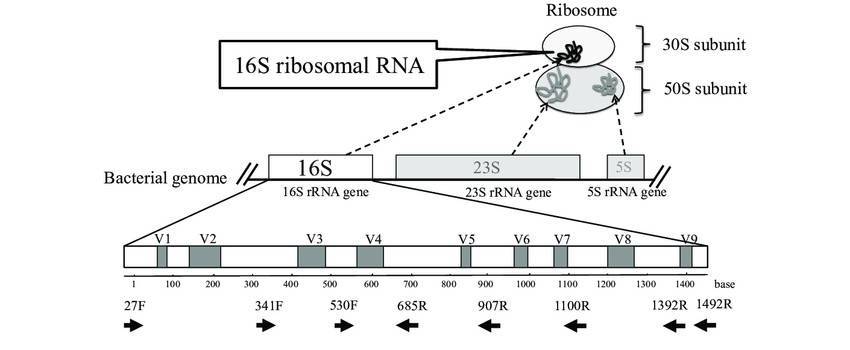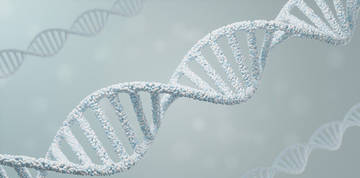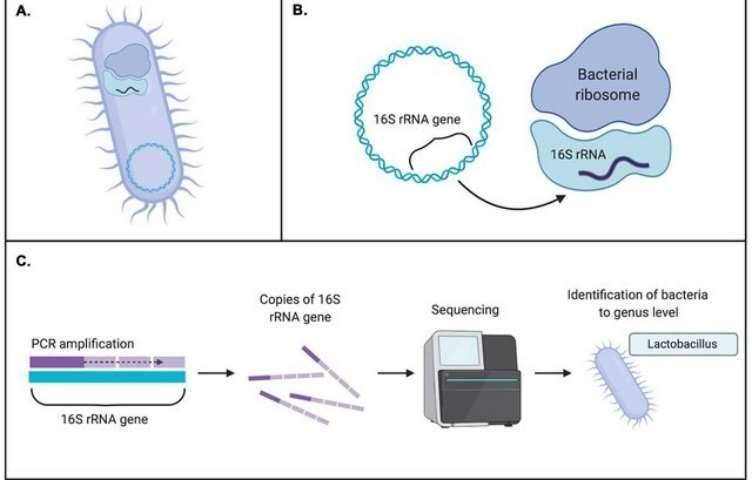Applications
Identification of Bacteria
The 16S ribosomal RNA (rRNA) gene sequence is the target for bacterial identification (rDNA). The 16S rRNA is a ubiquitous component of the small subunit of a prokaryotic ribosome and can therefore be utilized to examine phylogenetic relationships among all bacteria.
Users can sequence either the first 500 bp or the entire 1,500 bp of the 16S rDNA gene using the MicroSEQ® ID technique. For both choices, kits and the supporting verified library databases are accessible. For routine identifications, the first 500 base pairs are sufficient to cover three of the 16S gene's nine hypervariable areas.
In some cases, the 500-bp region is insufficient to distinguish between closely related bacteria, necessitating a more comprehensive full-genome read (taking into consideration all the hypervariable areas). Furthermore, when describing a new species, the entire 1,500-bp sequence must be sequenced.
Identification of Fungi and Yeast
Both the expansion area D2 of the bigger rRNA molecule in the large subunit of the eukaryotic ribosome (LSU-D2) and the ITS areas have been effectively used for the identification and classification of fungi down to the species level using comparative sequence analysis. When used for sequence-based fungal identifications, the ITS region has more variations, which can result in many more "sequence types" than the D2 region. Because fungal genomes can have up to 100 copies of the rDNA cluster, it's important to know how to distinguish between simplified sequence variability and sequence variability that represents actual relatedness. The MicroSEQ® ID fungal database is based on sequences from LSU-D2 rDNA, and it aids in the identification and classification of fungal species in routine identification assessments.



